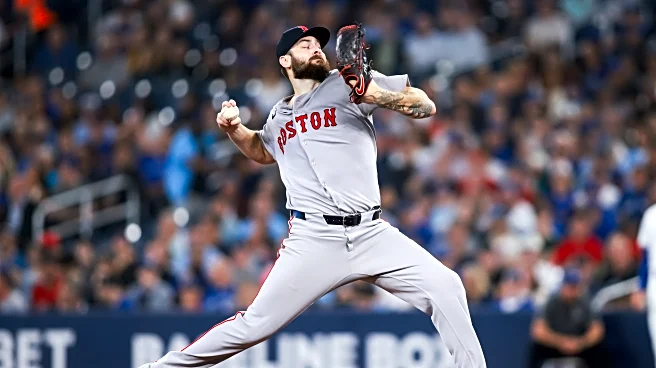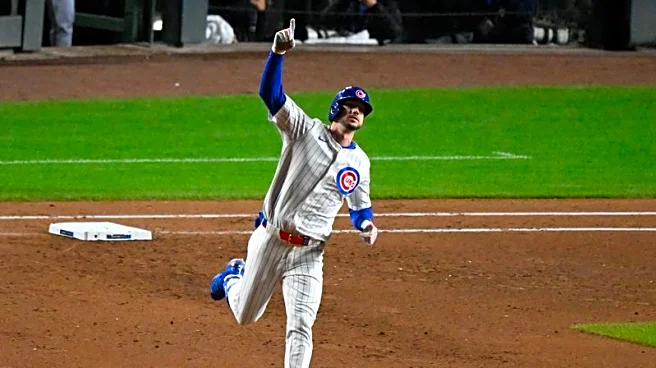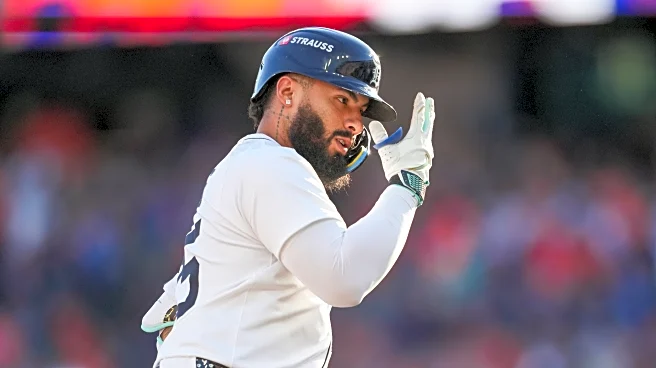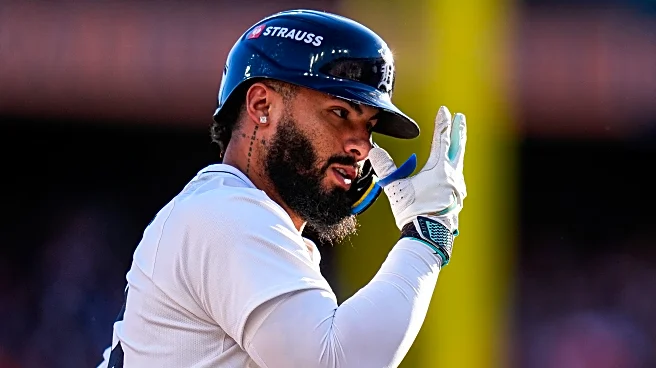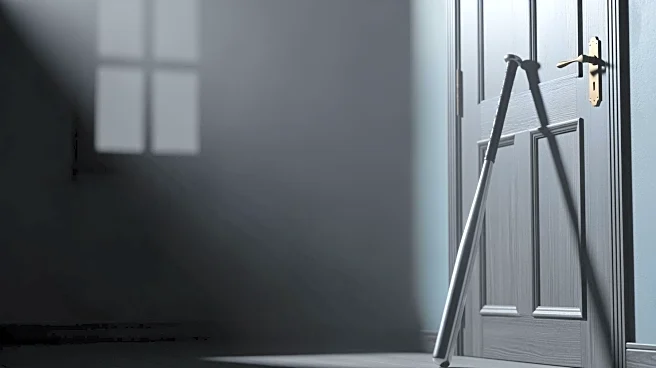The MLB offseason is already off to a rapid start following a World Series for the ages. The Cubs said sayonara to Shota Imanaga. Alex Bregman opted out while Trevor Story opted in. And I’ve already checked
to see if there’s a game on at night before catching myself on three occasions — all in the span of the week.
A part of the recent run of league-wide news was the list of players who were tendered with the qualifying offer upon their classification as a free agent. A total of 13 players were given the roughly $22 million offer for the 2026 season prior to Thursday afternoon’s deadline to do so, meaning they will net their former team a compensatory draft pick should they depart for greener pastures and sign with a different club. Among that group were the suspects we could’ve expected — the North Siders were never gonna let superstar Kyle Tucker walk without at least getting a consolation prize in the form of a free pick, and the same goes for Philly with their DH Kyle Schwarber and Toronto with their Game 7 hero shortstop Bo Bichette.
A man who was notably not in that baker’s dozen worth of players was Red Sox right-handed starting pitcher Lucas Giolito, who bounced back from a long-term injury by posting a 3.41 ERA and 120 ERA+ (20% better than league average; not bad for your number three in the rotation) across 145 innings in 2025.
In spite of that solid line on the surface, I’m thankful that the qualifying offer was not extended to Giolito.

Sorry, Lucas. You seem like a wicked chill guy who appreciated his time in Boston. You’re a cinephile; I’d love to talk about “One Battle After Another” with you. You’re high up on my list of Red Sox players I’d like to grab a beer with.
This is a business we’re talking about, though, and my relief here is solely in a business sense.
Far be it from me to fall on a sword for Fenway Sports Group when it comes to spending or not spending money. The Red Sox, as an organization, should never be in a spot where they should be constructing a roster with the payroll as the number-one-with-a-bullet priority—especially when they find themselves in a spot to take a step forward and build a legitimate contender after qualifying for the postseason in 2025. And hey, to be completely fair: Lucas Giolito certainly played a role in getting us to that point. He had some legitimately great moments for this club in recent months.
But $22 million is $22 million, man. I think there was a reeeeeal chance Giolito was going to accept that offer, too (or Craig Breslow could’ve read the market perfectly and Giolito would’ve denied it to net the Sox another draft pick that could pay off in dividends—but that’s not the world we live in, now is it?). FSG has infinite money, sure, but the CBT and its penalties exist. I’m fine with John Henry signing the checks necessary to put a winner on the field, even if we do break beyond the stratosphere of the luxury tax, but specifically whose checks he’s signing is of paramount importance.
Think about how far $22 million could go on the open market or for an extension provided to a player we trade for this winter to boost the roster. $22 million won’t get you Pete Alonso alone nowadays, but that’s the lion’s share of the contract he’ll fetch this offseason. Same goes for Schwarber. $22 million will get you very close to getting pen to paper with the smorgasbord of arms that are free agents or could be available via trade—Dylan Cease, Framber Valdez, Joe Ryan, Michael King, Ranger Suarez, Tatsuya Imai, whoever tickles your fancy. If I had to guess, all of those guys’ average annual values will be somewhere in the 20’s.
Are we sure that Giolito will provide similar value compared to guys like that on the mound in 2026? I’m not, respectfully.

We’re talking about a guy who just posted the lowest K/9 rate of his career (7.5) since 2018 while registering a 4.17 FIP, a far cry from his actual ERA. Giolito’s whiff rate in 2025 dropped by about six percentage points compared to his 2023 rate, bringing his MLB rank in that metric from the 69th percentile (nice) two years ago down to the 28th percentile in 2025. For a guy who’s calling card was volume while also getting his fair share of strikeouts, that ain’t great. His already not-so-great expected ERA and expected batting average metrics in recent years went down to 5.06 (12th percentile, yuck) and .268 (14th percentile, double yuck) in 2025. Some guys can punch above their weight when it comes to the expected metrics and the funny math; I’m not convinced Giolito could again, though, and I certainly wouldn’t want to commit $22 million to find out.
Now you, dear reader, may point to the steady presence in the rotation that Giolito could offer for next season. That’s not a bad point, especially when you consider who was making up the pitching staff at the end of the season we just saw. I’d retort by pointing to the plethora of pitchers we already have waiting in the wings, though. Early, Kutter, Sandoval, Criswell, Tolle, Perales, Dobbins, Harrison, and Fitts could all feasibly fit into that number four or five spot in the rotation. I know that some of those guys may slot into the bullpen or be flipped for another starter, but the depth is in-house already. I think someone like Giolito doesn’t do a ton to raise the ceiling of the pitching staff—that’s what this rotation needs going forward.
So with all of that in mind, do we want to commit $22 million—which would be the third-highest salary on the team as it stands right now entering 2026—on Giolito?
I wouldn’t want to run that gambit, so I guess you could say I wasn’t interested in Lucas QO-lito.
That’s right. This entire blog was an elaborate rouse to set up a bad pun. Try the veal, folks. Tip your wait staff.
